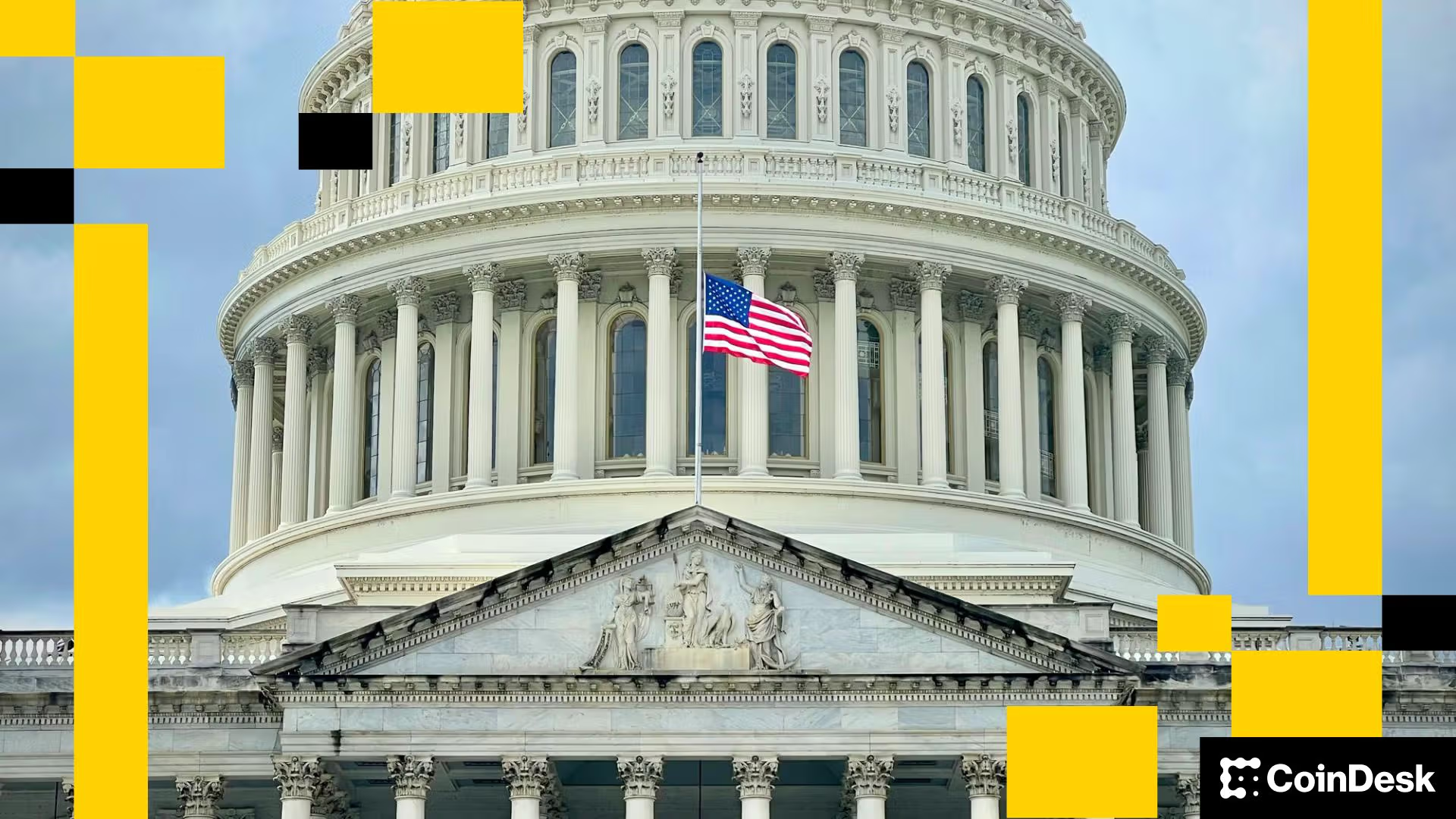On April 19, the 6th International Blockchain Science Conference ISC2024 was successfully held in Singapore. This event was co-hosted by the Inclusive Fintech Node (NiFT) at Singapore University of Social Sciences (SUSS) and the British Blockchain Association (BBA). Researchers and industry experts from around the world specializing in Web3, cryptocurrencies, and blockchain gathered together.
Elven CEO and co-founder, Junxiu Guo, participated in the event and was a speaker at the roundtable discussion themed "Leading the Future of Digital Assets and Tokenization." During the discussion, Guo stated that the tokenization of digital assets has expanded the categories of financial assets, enhancing liquidity, lowering entry barriers, and increasing transparency.
Here is the full text of the content:
Could you briefly talk about your experience with digital asset tokens, and whether you approach it from a traditional finance (TradFi) or decentralized finance (DeFi) perspective? Additionally, if possible, could you tell us which blockchain architecture you are using, whether it’s an open public blockchain or a private, consortium blockchain?
Good afternoon, everyone. I am Junxiu Guo, CEO and co-founder of Elven, a leading crypto accounting software company. Our clients include regulated exchanges such as Coinhako, Hashkey, and Bitkub, licensed OTC and payment companies like DTC Pay, Alchemy Pay, and Legend Trading, as well as Web3 projects such as Nansen and Myshell. We also collaborate with firms like KPMG and Audit Alliance to provide the software support necessary for auditing. At Elven, we act as a bridge between traditional finance (TradFi) and decentralized finance (DeFi). We have already integrated over 80 public chains, exchanges, and custody platforms, facilitating Web3 businesses to access DeFi infrastructure as seamlessly as integrating banking data in the past. Additionally, we assist in a smoother integration of regulated, financial, audit, banking, brokerage, and real economy sectors with both fiat and cryptocurrency business and financial processes.
Question 1: What impact has digital asset tokenization had on traditional finance (TradFi) from your experience?
1. Increased liquidity and lowered barriers to entry, providing access to a global asset market network.
2. Enhanced transparency, with all transaction history recorded on-chain in a structured, publicly visible, immutable format, and updated in real-time. This enables uniform, real-time financial reporting.
3. Broader types of assets that can be financialized, such as inventory, intangible assets, finance leases, and fixed assets, which were previously not readily tokenized, now becoming part of a global trading network.
Question 2: Could you highlight some of the pain points of real-world asset tokenization? (Please specify which one you are addressing)
I would like to elaborate a bit on the accounting sector.
1. A lack of timeliness as traditional audit reports are only issued annually or quarterly, whereas tokenized assets require daily, even real-time updates and attestation of the underlying asset conditions.
2. The reliability of financial information is challenged as real assets lack a precise, public, and accessible ledger like that of public blockchain records. For assets like bank deposits or government securities, there is a lack of reliable, accessible third-party API services for accurate asset and pricing information.
3. The complexity of asset valuation, as tokenization often involves re-assessment and fair value measurement of underlying assets, which can be challenging due to their typically limited liquidity.
Question 3: What innovations or emerging trends do you foresee shaping the future of digital assets/finance?
1. The rise of payment platforms that serve as crucial links between digital assets and the traditional economy. For example, services like Triple-A enable companies like Grab to support BTC for top-ups and spending; our clients in the Middle East use USDC and DAI for cross-border oil trade settlements; and an increasing number of cross-border service industry clients, such as advertising and outsourcing receive USDT for about 30% of their revenues.
2. However, these platforms face complex back-office processing challenges due to the integration of traditional and digital finance scenarios, data, and settlement processes. This complexity is breeding a new category of projects/firms that provide specialized back-office services and infrastructure. Elven focuses on addressing issues related to funds, accounting, reporting, compliance, taxation, and auditing for those venturing into digital assets. Similarly, fields like security, custody, and KYC/AML are also seeing the rise of specialized service providers tailored to digital finance needs.
Question 4: Is there a 'love-hate relationship' between cryptocurrencies, CBDCs, and stablecoins, or do they complement each other?
Despite their differences and competitive aspects, these forms of digital currency complement each other in many ways. For instance:
1. Stablecoins provide market stability and act as bridges for traditional finance coming into the decentralized space, while increasingly being used for trade and circulation in the real economy as payment and settlement mediums.
2. CBDCs, issued by central banks and highly centralized, focus on enhancing the efficiency of payment systems and aiding in more effective national monetary policy implementation.
3. Cryptocurrency innovations are fostering a wide array of tokenized assets and financial instruments, accelerating experimentation and evolution in the sector.










All Comments